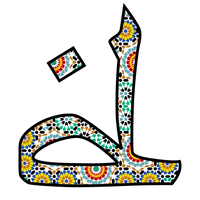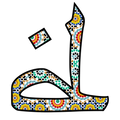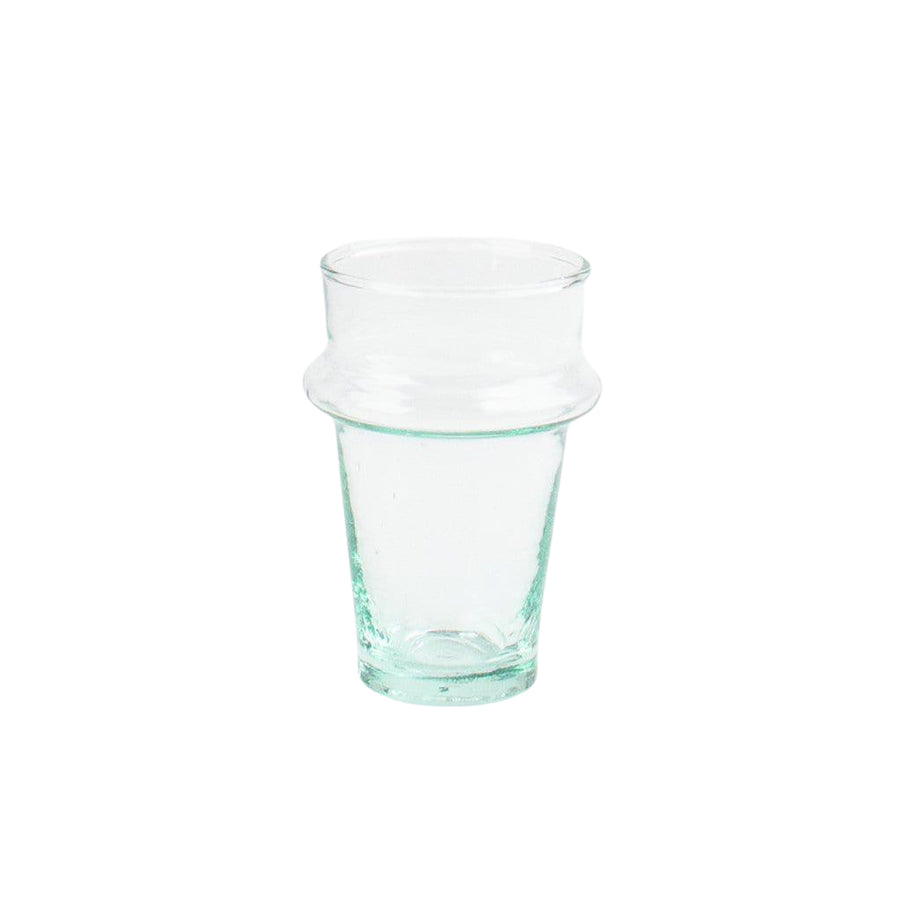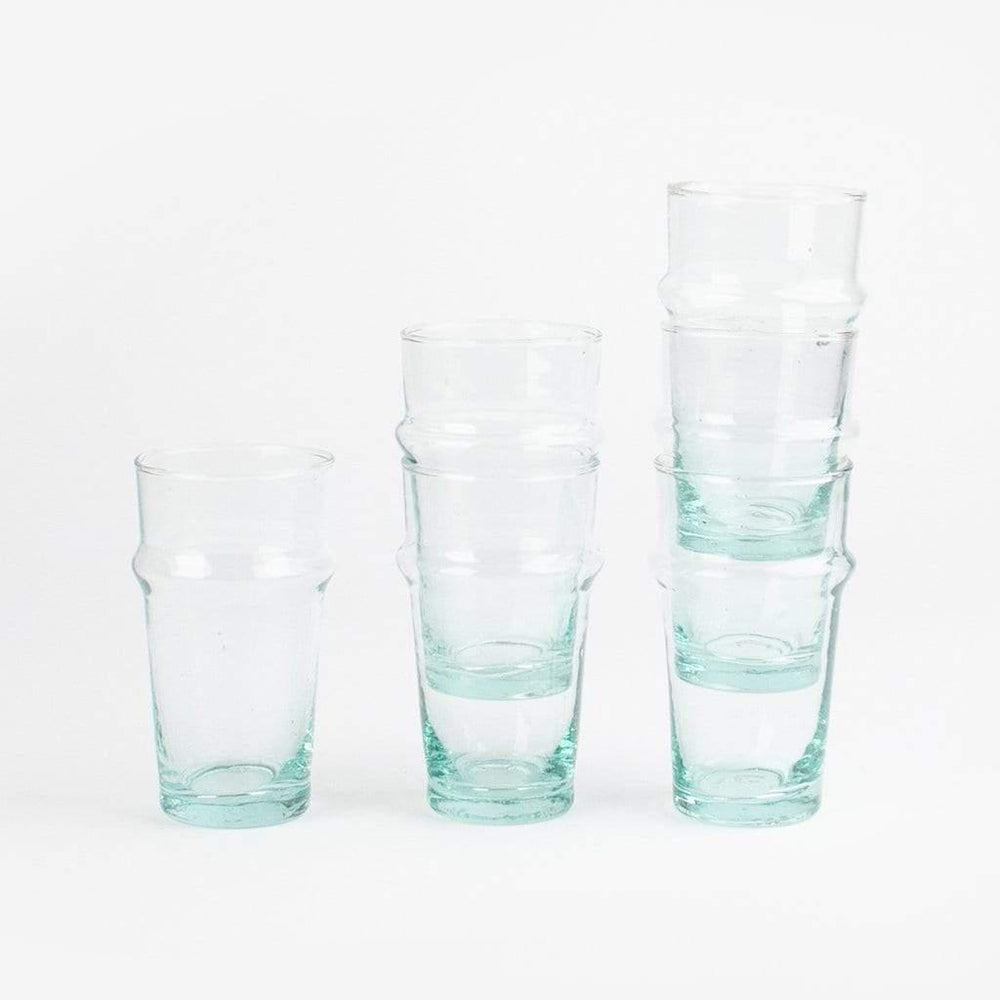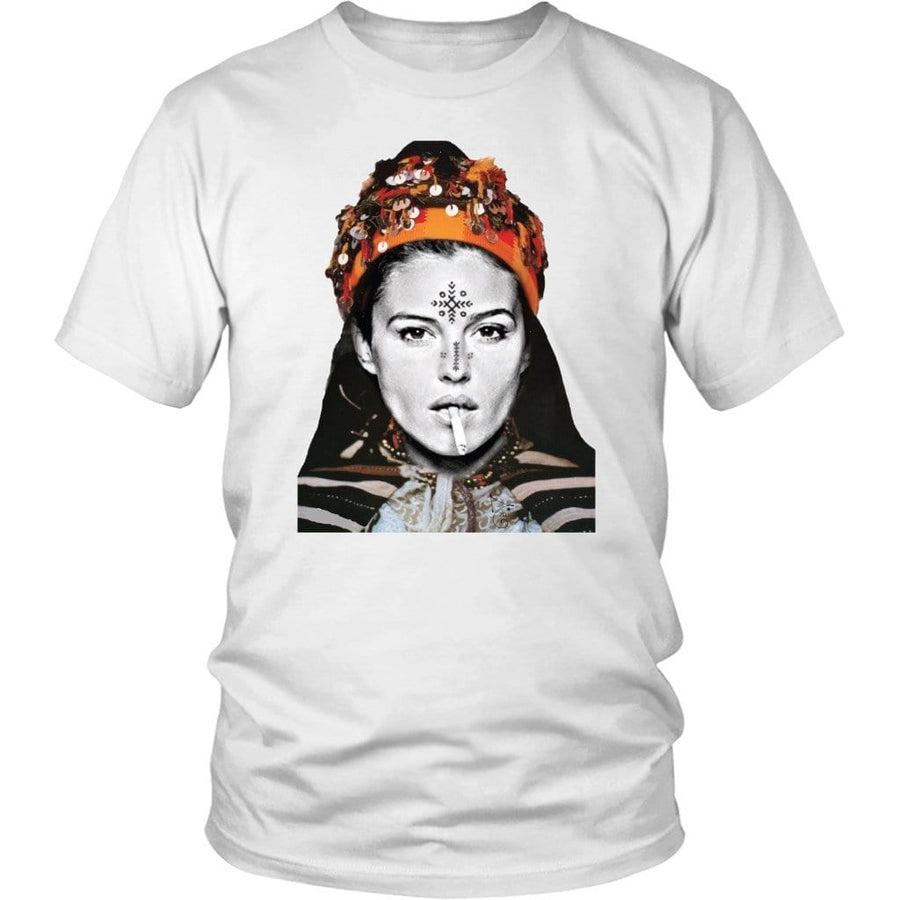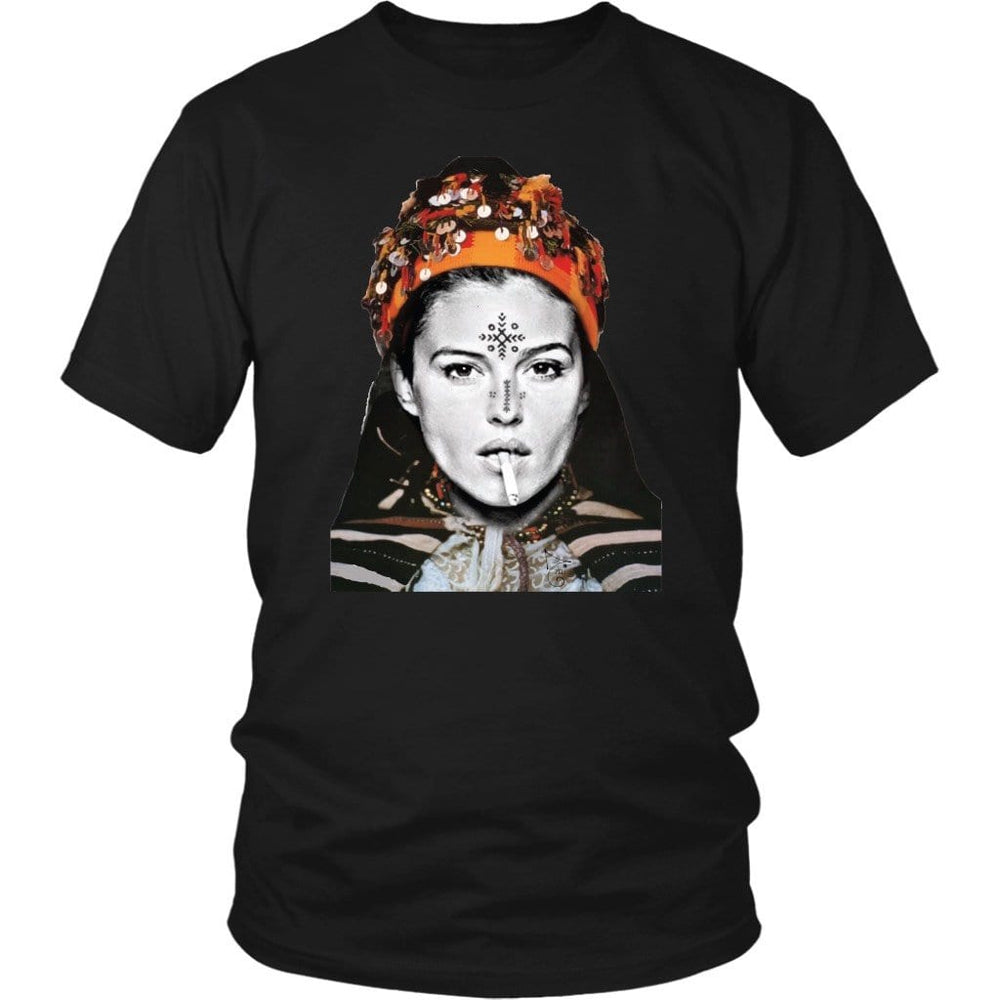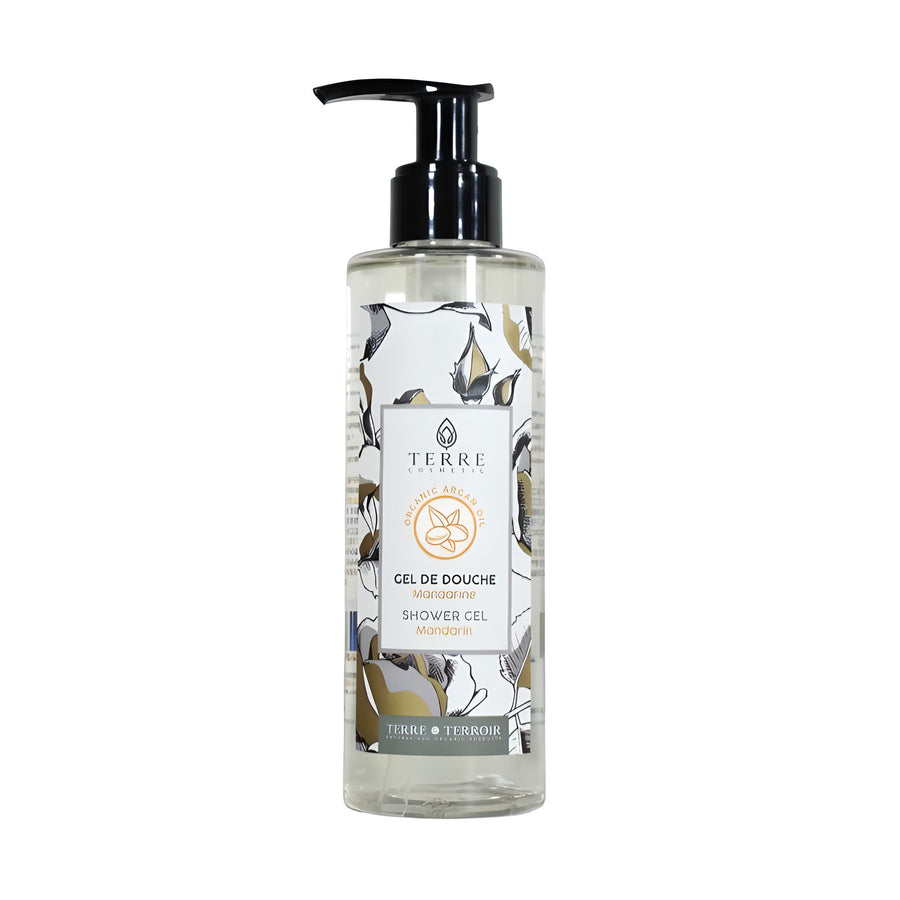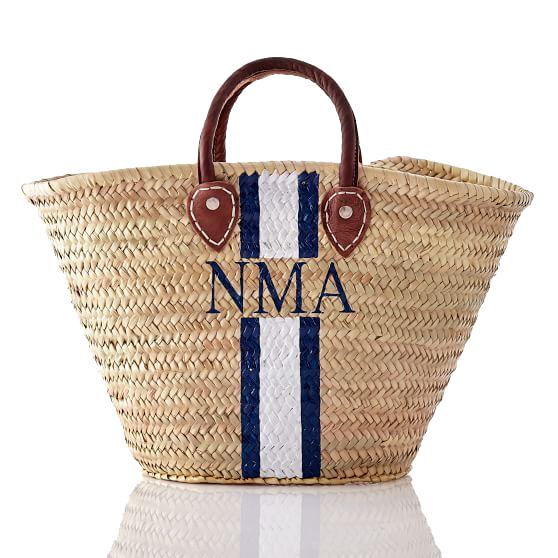Moroccan Craft
Craftsmanship's lovers are seduced by the diversity and quality of products offered throughout Morocco. These objects testify as much to ancestral know-how preciously transmitted as to the necessities of daily life or the influence of the various intrusions marking the history of the country.
Throughout their stay, travelers go from discovery to discovery:
Rugs and Carpets

A variety of carpets, from the more urban, with the luxurious central motifs of Rabat, to the more rustic Berber carpets from the High Atlas, with the geometric, dense and colorful designs of Taznakht (yellow background and red, green and white subjects) as well as those of Zayane, with the hanbals (finer woven carpets) from the same region.
Textiles

Textiles found in simple (cotton, wool, camel hair...) or more precious (silk) clothing, adorned with lush embroidery (caftans, djellabas, scarves, tablecloths, cushions...) often originating from Fez, Meknes, Salé, Tetouan and Rabat.
Pottery and Ceramics

Pottery and ceramics with a thousand colors and patterns like those of Fez, Meknes or Safi, without forgetting the more utilitarian rural pottery of Jbala and the Rif and the zellij mosaics made of small pieces of enameled terracotta, carved with a hammer, which decorate various pieces of furniture and decorative pieces.
Traditional Instruments

Music, dances, and traditional instruments that have been largely influenced by Arab-Andalusian classical music, but which keep their own identity in each region of Morocco (Berber folklore, Sahrawi, Haouz, Attawlif ...). Quality instruments (tambourines, lutes, flutes, cithars, rebab...) are only made by rare luthiers in Fez and Meknes.
Wood
 Wooden pieces are carved, turned, and inlaid: Palaces and monuments are adorned with numerous pieces of carved wood (doors, moucharabiehs, panels, chests...) testifying to ancestral know-how perpetuated mainly by the carpenters of Fez, Meknes, Tetouan, and Salé. In cedar-scented wood, the craftsmen offer us objects (boxes, frames, candle holders, bowls, bowls...) that are more transportable. Essaouira, for its part, is renowned for its marquetry work in cedar and lemonwood.
Wooden pieces are carved, turned, and inlaid: Palaces and monuments are adorned with numerous pieces of carved wood (doors, moucharabiehs, panels, chests...) testifying to ancestral know-how perpetuated mainly by the carpenters of Fez, Meknes, Tetouan, and Salé. In cedar-scented wood, the craftsmen offer us objects (boxes, frames, candle holders, bowls, bowls...) that are more transportable. Essaouira, for its part, is renowned for its marquetry work in cedar and lemonwood.
Jewelry

Jewelry, inherited from the know-how of Jewish and Berber craftsmen passed on with passion from one generation to the next, is infinitely chiseled, filigree, decorated with stones, in gold or silver (bracelets, belts, tiaras, rings, pendants, Kholkhals and other earrings...). Often, the jewelers' stalls are grouped in the same large souk (the jewelers' souk in Marrakech, Casablanca, Fez, or Rabat). The cities of Fez and Tangier are famous for the quality of their gold pieces while those of Taroudant, Tisnit, Rissani, and Tan-Tan are known for the beauty of their silver products.
Leather Goods

Leather goods: the origin of the word fully reveals the international reputation of this Moroccan art as well as its know-how. Berber or Arab slippers with a thousand colors and graphics, poufs, handbags, luggage, boxes, shoes, jackets...mainly produced in Marrakech and Fez, are offered in all the souks.
Brassware

Brassware: It is difficult not to succumb to the charm of the lanterns, hammered trays, boxes... made of copper, brass, or nickel silver which are sold throughout the country, although Marrakech and Fez are the main producers.
Spices and Medicinal Plants

Spices and medicinal plants, inseparable from Moroccan cuisine and well-being. The first is found in the colorful stalls of the souks (red of paprika, beige of cumin, yellow of turmeric, green of aniseed, orange of saffron pistils...) and are sold by weight. You will find medicinal plants and other derived care products at herbalists who are often very qualified to meet your demands and who also have stalls all over the souks.
Inevitably, the souks attract us by their effervescence, their perfumes, and their accumulation of goods. Here everything is negotiated with courtesy and sales often continue over a nice glass of mint tea.
